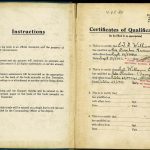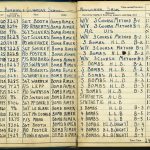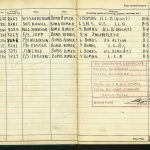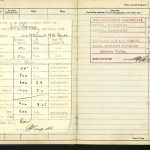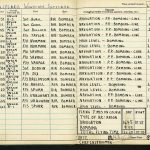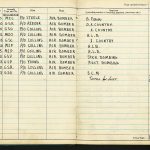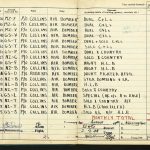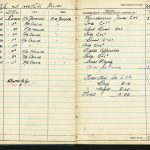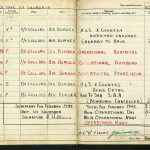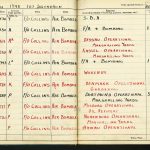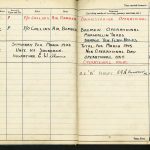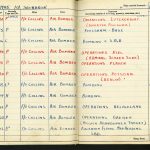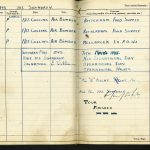
In April of 1945 the Canadian Army was working to liberate the Netherlands from the Germany occupation. The Western section of the country was still firmly held by the Germans, however, and after four years of occupation, a particularly difficult winter, and large scale flooding of farm land, the Dutch people were starving. Eventually, a very tentative truce arose – Lancasters from Bomber Command and B-17s from the United States Army Air Force (USAAF) would fly at a slow speed and a low altitude in order to drop food and supplies for the people of the Netherlands at five different drop zones throughout the country. These flying conditions made the aircraft particularly vulnerable, and the German’s kept their anti-aircraft guns trained on the aircraft the entire time. Between April 29 and May 8 Bomber Command made 3,100 flights, dropping over 11,000 tons of food in the span of ten days, with the loss of one Lancaster crew. Operation Manna ended with the German surrender on May 8, 1945; it had played an important role in sustaining the Dutch people in the last days of a long and difficult occupation. Despite the Allied intervention, over 20,000 Dutch people still perished from starvation.
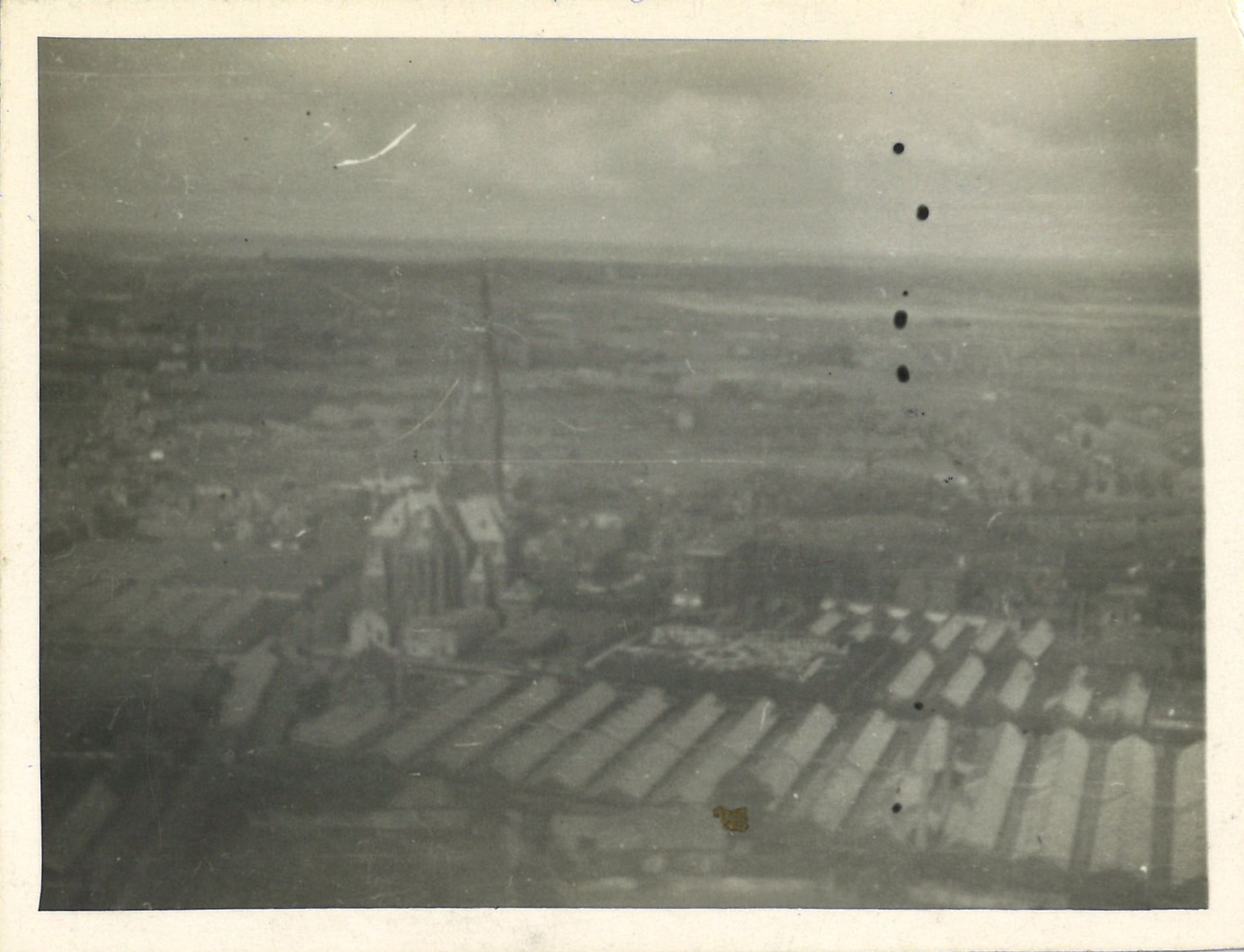
2018.99.5 – Gift of Ms. Jackie Bertelsen


2018.99.6 – Gift of Ms. Jackie Bertelsen
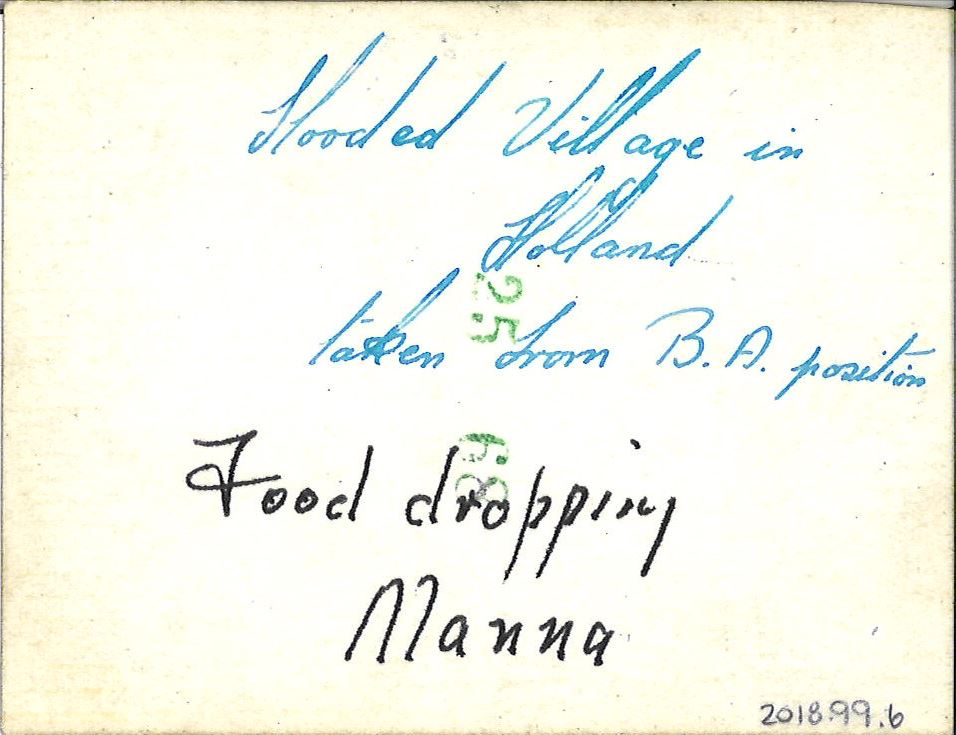
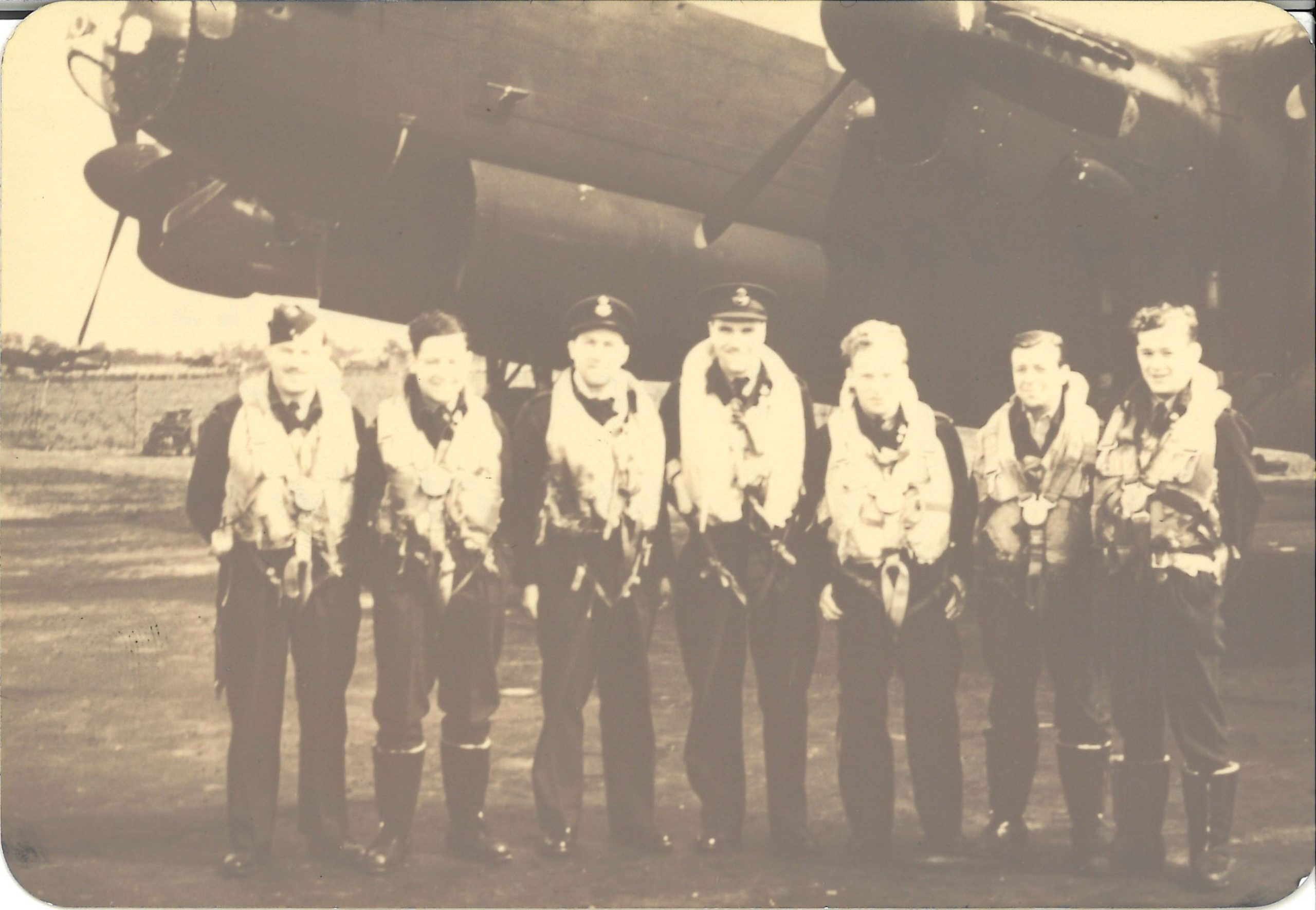
2007.80.5 – Gift of Mrs. E.J. Rogers
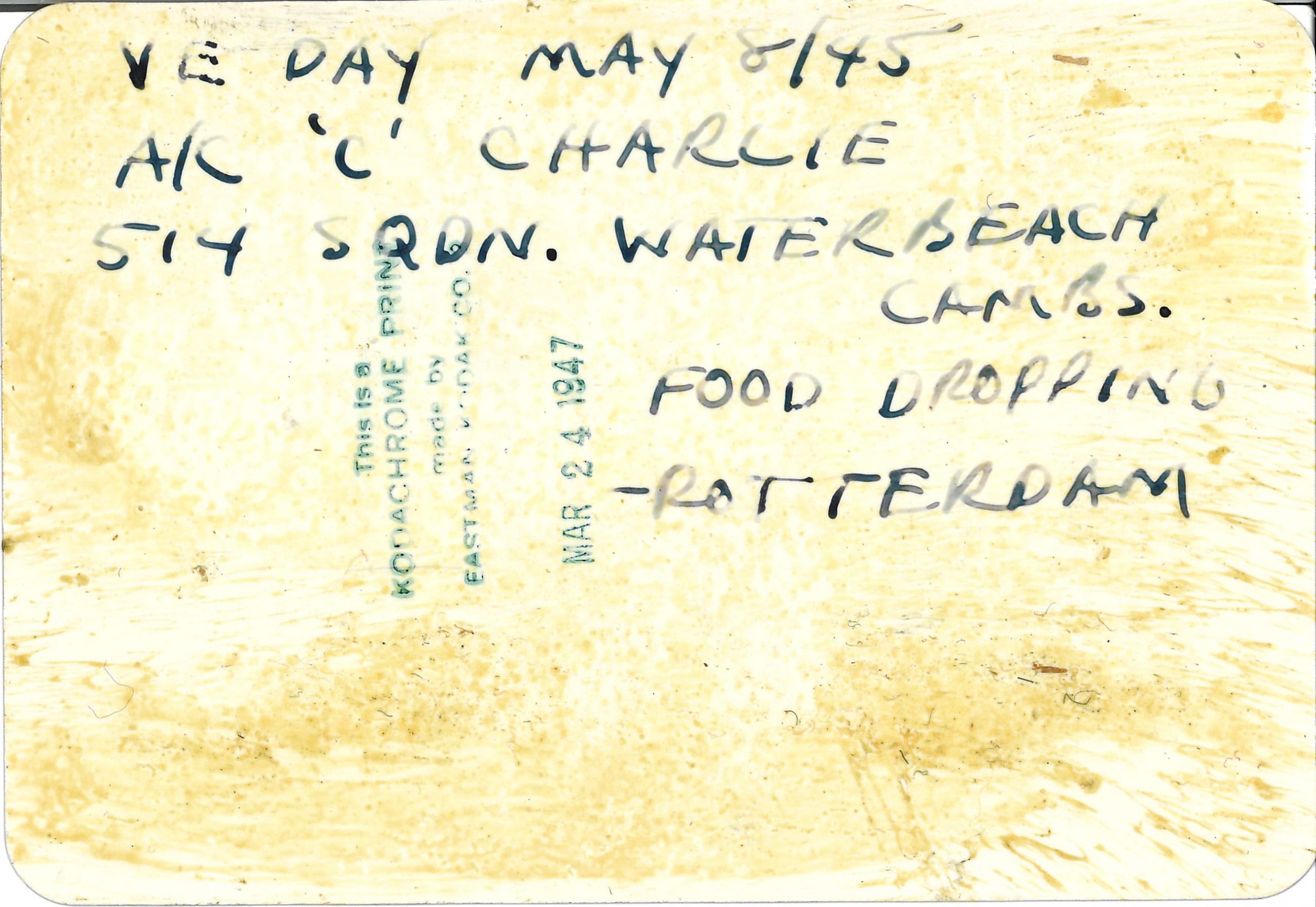
RCAF Observer’s and Air Gunner’s Flying Logbook
Sgt. Ernest Williams, includes entries from Operation Manna and returning POWs
2016.85.1 – Gift of Mr. T. Williams

Hear about the experiences of people who were involved with Op Manna!
Donald Lennox
Willard “Will” Sawyer
Bernie Harris (Op Manna discussion begins at 1:11:55)



